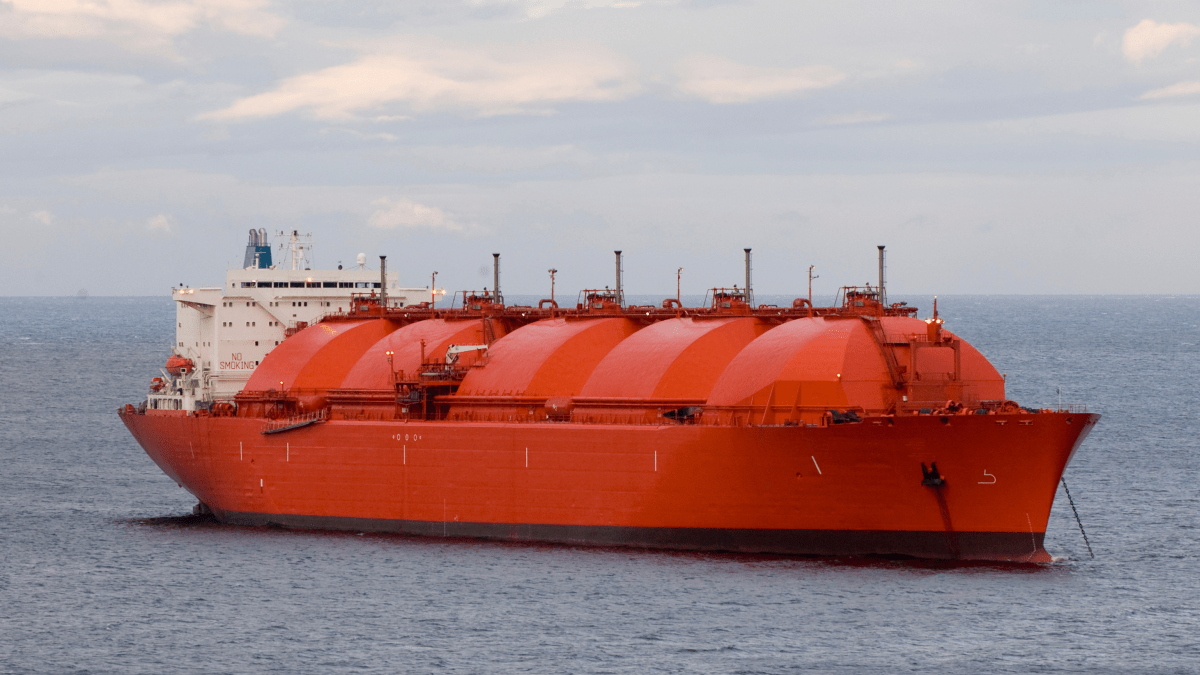
If demand for natural gas continues to fall, the natural gas market in Germany could react flexibly to disruptions in natural gas supply in the medium term. This is the conclusion reached by the EWI in a comprehensive modeling of possible disruptions to the European gas market. Although there would be some sharp price increases in the short term, in all scenarios considered, the market would recover and largely return to pre-crisis levels over the 10-year period. The modeled risks include both pipeline outages and a shortage of liquefied natural gas (LNG).
This is shown in the report “Untersuchung der Resilienz der Erdgasversorgung” (Analysis of the resilience of natural gas supply), which a team from the Institute of Energy Economics at the University of Cologne (EWI), together with the auditing and consulting firm PwC, Prognos and the German Energy Agency (dena), prepared on behalf of the German Federal Ministry of Economics and Climate Protection (BMWK). The EWI used the COLUMBUS and TIGER models to examine the global gas market and the European gas infrastructure in seven scenarios and additional sensitivities, with a focus on price developments.
In a base scenario, the natural gas market was modeled without disruptions. In this case, the annual average price of natural gas in Germany could be just under EUR 40/MWh in 2025. From 2030, the price of natural gas in this base scenario falls to below EUR 30/MWh due to falling demand for natural gas as part of the climate neutrality target. In risk scenarios, a sudden loss of pipeline gas from the north and south or a shortage of LNG supply was examined. In these situations, the price could rise to an average of over EUR 60/MWh in the medium term. Such high prices could lead to a drop in natural gas consumption in Germany of up to 6 percent.
In 2030, the price in Germany would largely return to the level of the baseline scenario without disruptions in the scenarios examined. “This is mainly due to the fact that demand decreases overall as a result of the energy transition and the failed infrastructure would be partially rebuilt in the scenarios,” says Dr.-Ing. Ann-Kathrin Klaas, Head of Research Area at EWI, who wrote the report on behalf of the EWI together with Michaele Diehl, Jan Hendrik Kopp, Michael Moritz, Carina Schmidt, Tobias Sprenger and David Wohlleben.
The analysis shows that the German gas market is linked to the global LNG market and could react sensitively to shortfalls in LNG supply. The greatest supply bottlenecks and price increases would occur if there were a shortage of global LNG supply. In this scenario, the lost volumes cannot be fully replaced by pipeline-based gas. It only has a moderate impact in the scenarios if pipelines in the North or South fail, because some of the gas could be rerouted through remaining pipelines and the rest could be covered by LNG imports.
The additional analysis of the intra-European infrastructure shows that the flow directions of natural gas supplies in Europe could change considerably in the event of a disruption. Compared to the past, the loss of Russian gas supplies alone would result in more natural gas being redirected from Norway or North Africa to south-eastern Europe. “If import and transport routes were also disrupted, the capacity for transit across Europe could become scarce. Good cooperation between the EU member states can be helpful in investigating this issue with up-to-date data,” says Klaas.
The resilience analysis is based on coupled modeling of the global natural gas market and the European natural gas infrastructure. A baseline scenario first defines key assumptions, such as the demand for natural gas, based on an inventory of the current markets. On this basis, the risk scenarios show the effects of various theoretical disruptions to the natural gas supply. Following the modeling, PwC assessed the resilience and derived recommendations for action.